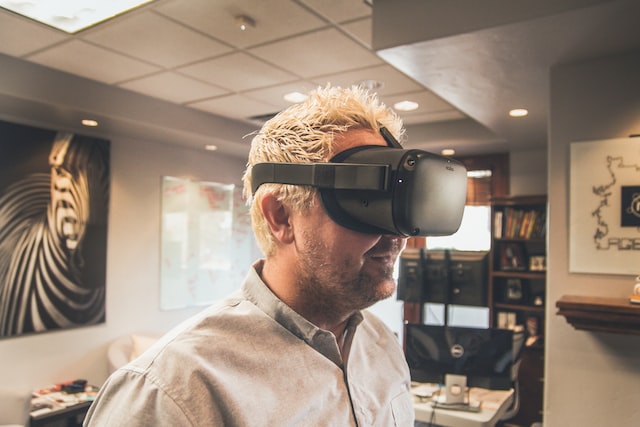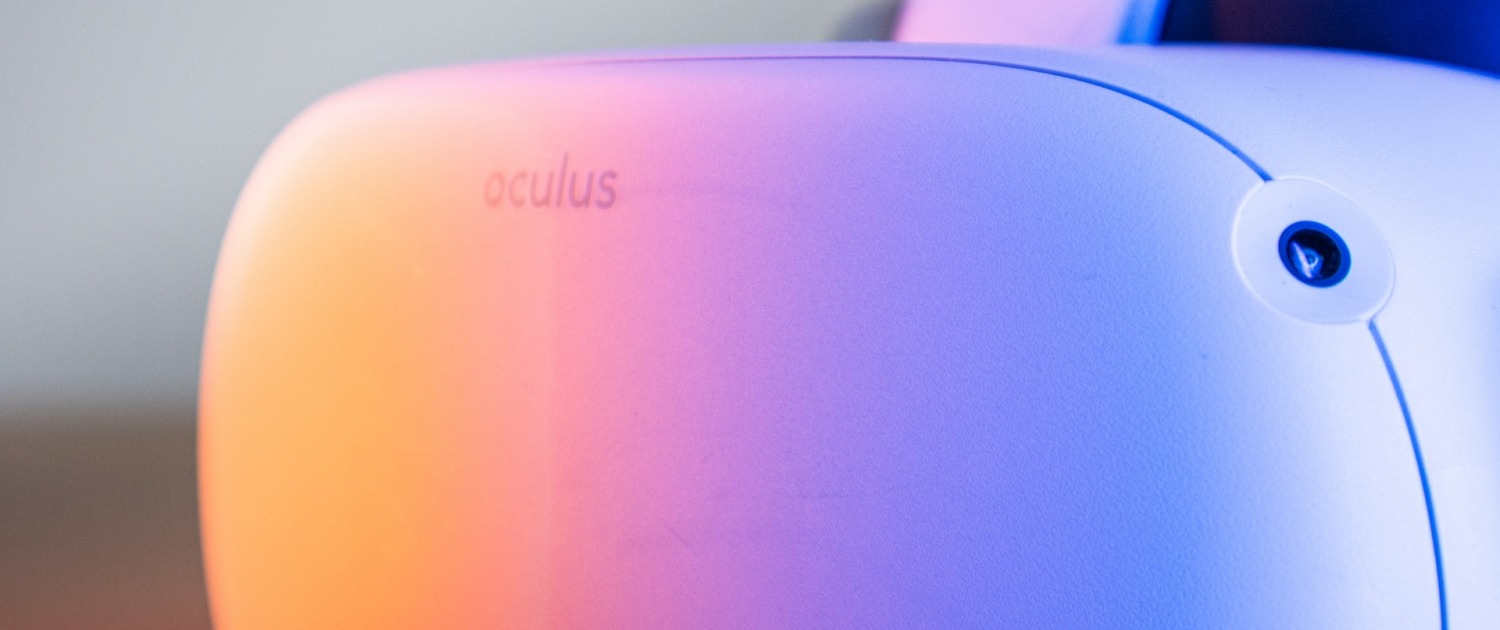Virtual reality has come a long way from the clunky, expensive headsets of years gone by. A college dropout’s 20-year-old garage experiment by a then-teenager started it all and has become one of the most sizzling technologies of the present day. If you’ve ever wondered what the fuss about VR is all about, or if you’re thinking of venturing into virtual worlds yourself, this guide will walk you through all you require to know.
What is Virtual Reality Really?
Think of VR as your own personal portal to wherever you’d prefer to be. Don a headset, and you’re standing on the planet Mars, battling dragons within a medieval fortress, or sitting center stage at a show on the other side of the planet. It’s not just gazing at some image on a screen – you’re there, and you can turn your head, walk around, reach out and touch virtual items as if they weren’t.
Modern VR accomplishes this by showing your left eye and right eye a variation on the image, using high-definition screens, which tricks your brain into perceiving depth. Advanced sensors track every movement of your head, and frequently your hands as well, so that when you turn to look over your shoulder or reach out to grab something, the virtual world responds in perfect sync. Some headsets even include haptic feedback – basically fancy vibrations that enable you to “touch” virtual objects when you touch them.
It’s quite magical when you’re first discovering it. One minute you’re sitting in your living room, the next you might be swimming with sharks or wandering around ancient ruins.
The Oculus Story: From Garage to Global Phenomenon
The current VR renaissance really started with a teen, Palmer Luckey. While most teens his age were playing games in 2009, Palmer was taking them apart and building his own VR prototypes in his parents’ garage in Long Beach, California. He was determined to build something better than the expensive, cumbersome VR equipment on the market.
Palmer had built his sixth prototype by 2012 – a headset he named the “Oculus Rift.” Instead of trying to market it to big companies, he launched a Kickstarter. The goal was simple: raise sufficient funds to create development kits for other VR enthusiasts.
The Kickstarter campaign got funded, raising US$2.4 million, or 974% of its original funding target. Veteran game programmer John Carmack purchased one of Palmer’s models and showed it off at a major gaming convention. VR was once more a talking point.
Palmer left college to work on it full-time, and in 2014, Facebook bought the company for a staggering US$2 billion.
When Meta (formerly Facebook) acquired Oculus, it was not buying a gaming accessory – Mark Zuckerberg had higher aspirations. He envisioned VR as the next major computing platform. Oculus evolved from a niche gaming accessory into a mass consumer device under Meta’s leadership.
Palmer Luckey left Facebook in 2017 amid controversy, claiming he was terminated. Surprisingly, Meta has since partnered with Luckey’s new defense tech firm, Anduril, to develop VR and AR military systems – a reunion between founder and former buyer.
What Makes VR So Special?
If you’ve never tried VR before, it might be hard to explain what’s so special about it. We already have hyper-realistic graphics in movies and video games. But VR is remarkable because of one thing: presence – the feeling of truly being there.
When you’re immersed in a well-designed VR experience, your brain starts to believe what you’re seeing is real. Your heart rate can increase, you flinch when something flies at your head, and you feel genuinely sad when a virtual character is injured.
This sense of presence opens up incredible possibilities:
- Play becomes adventure: You’re the character. You dodge, jump, shoot, and explore physically.
- Journey without moving: Visit Tokyo, the Northern Lights, or Mount Fuji without leaving your home.
- Social experiences: Watch movies, play games, and hang out with friends in shared virtual spaces.
- Education and training: From surgical practice to historical reenactments, VR enables safe, repeatable learning.

The Current VR Landscape: Meta’s Quest Dominance
Meta Quest 3S: Your Portal to VR
The Quest 3S is Meta’s latest budget headset. At $300, it’s affordable yet powerful, using the same processor as the Quest 3. It’s wireless, has built-in cameras for tracking, and supports mixed reality. While not as sharp as the Quest 3, it’s perfect for newcomers.
Meta Quest 3: The Sweet Spot
Priced at $500, the Quest 3 offers enhanced visuals, better lenses, and superior mixed reality features. It’s the ideal pick for those who want the best consumer VR experience today.
Other Players in the Market
- Pico 4 Ultra: Great specs, but unavailable in the US.
- PlayStation VR2: Tied to PS5, offers top-notch gaming.
- HTC Vive Pro & Valve Index: High-end PC VR with premium experiences but steeper learning curve.
What Can You Actually Do in VR?
- Gaming: Epic titles like Half-Life: Alyx and social hits like Rec Room make gaming immersive. Batman: Arkham Shadow is a Quest 3 exclusive.
- Fitness: Apps like Supernatural make workouts fun.
- Socializing: Join concerts, watch shows, or hang with friends in virtual spaces like Horizon Worlds.
- Productivity: Use virtual monitors, attend meetings, or run software in 3D space.
- Creative Tools: Sketch, paint, or design in VR with apps like Gravity Sketch.
- Entertainment: Watch movies in a giant virtual theater or stream content with apps like Prime Video and YouTube.
The Future of VR: What’s Coming Next
- Lighter hardware: Meta plans ultra-light Horizon OS headsets by 2026.
- Apple’s Vision Pro: At $3,500, it’s advanced but expensive. A cheaper model may arrive in 2025.
- More players: Samsung, Google, and others are entering the space.
- Content boom: More users = more apps, better games, and greater variety.
Should You Jump Into VR?
If you’ve been curious, now’s the time. The Quest 3S is a low-cost entry to a powerful platform. VR is no longer a gimmick—it’s a growing ecosystem with applications in gaming, education, fitness, and productivity.
Setup is simple, content is abundant, and the tech is comfortable. Whether you’re a gamer, creative, or tech enthusiast, VR offers a future you can experience today.
Just be warned: After standing on a virtual cliff or high-fiving a friend across the globe, regular screens will feel a little… flat.
Welcome to the future—it’s fantastic in here.

